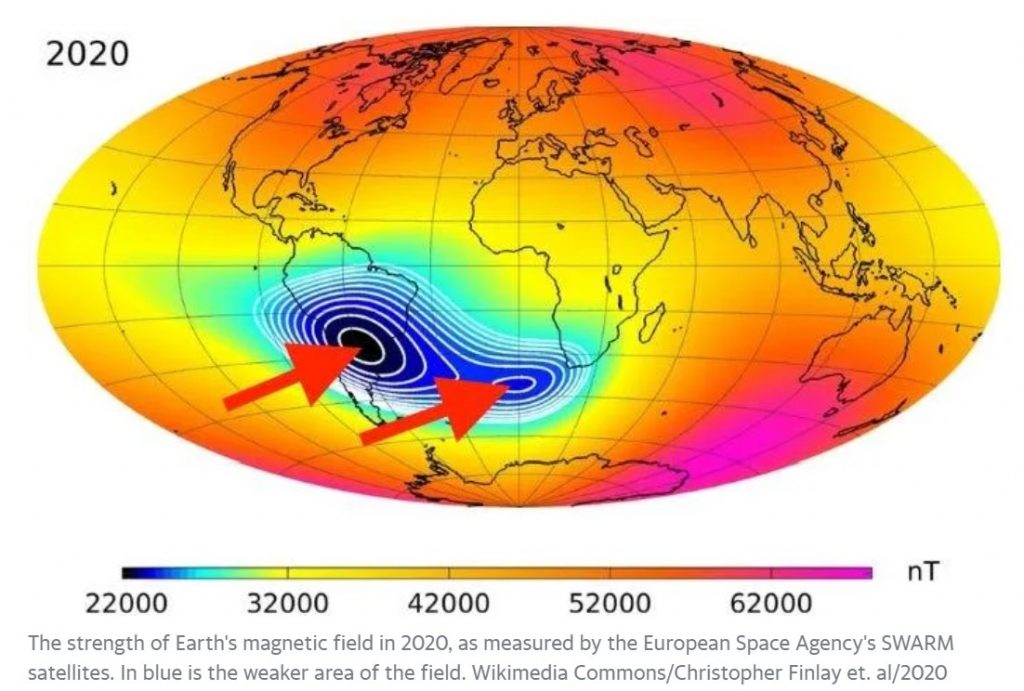
Earth’s suit of geomagnetic armor has a chink, and it’s growing.
A weak spot in our planet’s magnetic field, located above the southern Atlantic Ocean, has been increasing in size over the last two centuries, and it’s starting to split in two.
For those of us on the ground, this isn’t cause for concern: The protective field continues to shield the planet from deadly solar radiation.
But the South Atlantic Anomaly, as it’s appropriately named, does affect satellites and other spacecraft that pass through an area between South America and southern Africa. That’s because higher quantities of charged solar particles seep through the field there, which can cause malfunctions in computers and circuitry.
The source of this growing “dent,” as NASA calls it, is a bit of a mystery. But scientists expect it to keep expanding.
“This thing is set to increase in size in the future,” said Julien Aubert, a geomagnetism expert from the Paris Institute of Earth Physics.
Link to gigantic blobs inside Earth
Aubert thinks that the dent may have a connection to two gigantic blobs of dense rock buried 1,800 miles inside the Earth. Because of their makeup, the blobs disturb the liquid metal in the outer core that generates the magnetic field.
Both blobs are “millions of times larger than Mount Everest in terms of volume,” according to Qian Yuan, a researcher studying geodynamics at Arizona State University.
Yuan’s team thinks the blobs are otherworldly in origin: After an ancient, Mars-sized planet careened into Earth, it might have left these pieces behind.
Chunks of 4.5 billion-old-year planet in Earth
Nearly 2,000 miles below Earth’s surface, swirling iron in the planet’s outer core generates a magnetic field that stretches all the way from there to the space surrounding our planet.
That swirl is generated, in part, by a process in which hotter, lighter material from the core rises into the semi-solid mantle above. There, it swaps places with cooler, denser mantle material, which sinks into the core below. This is known as convection.
The problem is that something at the boundary between the core and mantle underneath southern Africa is wreaking havoc on that convection, thereby weakening the strength of the magnetic field above it.
It’s plausible, Aubert said, that one of the blobs Yuan’s team is investigating is to blame.
Yuan’s research posits that the blobs are remnants of an ancient planet called Theia, which struck Earth in its infancy 4.5 billion years ago. The collision helped create the moon.
Following that crash, the thinking goes, two parts of Theia may have sunk and gotten preserved in the deepest part of Earth’s mantle.
The animation below, based on a 2016 analysis, shows the location of these planetary fragments.
Yuan said these blobs — their technical name is large low-shear-velocity provinces — are between 1.5 and 3.5% denser than the rest of Earth’s mantle, and also hotter.
So when these chunks get involved in convection, they could screw with the regular flow. That, in turn, may lead the iron in the core under southern Africa to swirl in the opposite direction from iron in other parts of the core.
The orientation of Earth’s magnetic field depends on the direction the iron inside is moving. To have a strong magnetic field, the entire thing has to be oriented the same way. So any areas that deviate from the usual pattern weaken the field’s overall integrity.
Still, it’s possible these low-shear-velocity provinces aren’t to blame for the field’s weak spot at all.
“Why doesn’t the same weakness occur in the magnetic field above the Pacific, where the other province is?” said Christopher Finlay, a geophysicist at the Technical University of Denmark.
A ‘hostile region’
A weaker field enables more charged particles from solar wind to reach satellites and other spacecraft in low-Earth orbit. That can cause problems with electronic systems, interrupt data collection, and lead expensive computer components to age prematurely.
In the 1970s, 1980s, and 1990s, satellite failures were frequent in the South Atlantic Anomaly, Aubert said.
Even today, the European Space Agency has found that satellites flying through the region are “more likely to experience technical malfunctions,” like brief glitches that can disrupt communications. That’s why it’s common for satellite operators to shut down non-essential components as the objects pass through the area.
The Hubble Space Telescope, too, passes through the anomaly in 10 of its 15 orbits around Earth each day, spending nearly 15% of its time in this “hostile region,” according to NASA.
The Swarm satellites
Researchers use a set of three satellites, collectively nicknamed Swarm, to keep tabs on the South Atlantic Anomaly.
Some studies suggest the region’s total area has quadrupled in the last 200 years, and that it continues to expand year over year. The anomaly has also weakened by 8% since 1970.
In the last decade, Swarm also observed that the anomaly has split in half: One area of magnetic weakness has developed over the ocean southwest of Africa, while another sits east of South America.
This is bad news, according to Finlay, because it means the hostile region for spacecraft is going to get bigger.
“Satellites will have problems not only over South America but be impacted when they’re coming over southern Africa as well,” he said.
Now subscribe to this blog to get more amazing news curated just for you right in your inbox on a daily basis (here an example of our new newsletter).





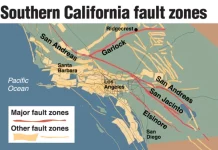

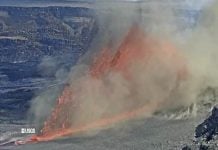

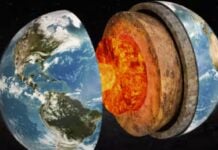

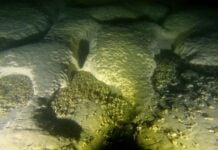

This article is BS and disappointing to see on this website
Might be a demon seed. If strange gigantic creatures force their way out, The Lord may have to step in and slay ’em.